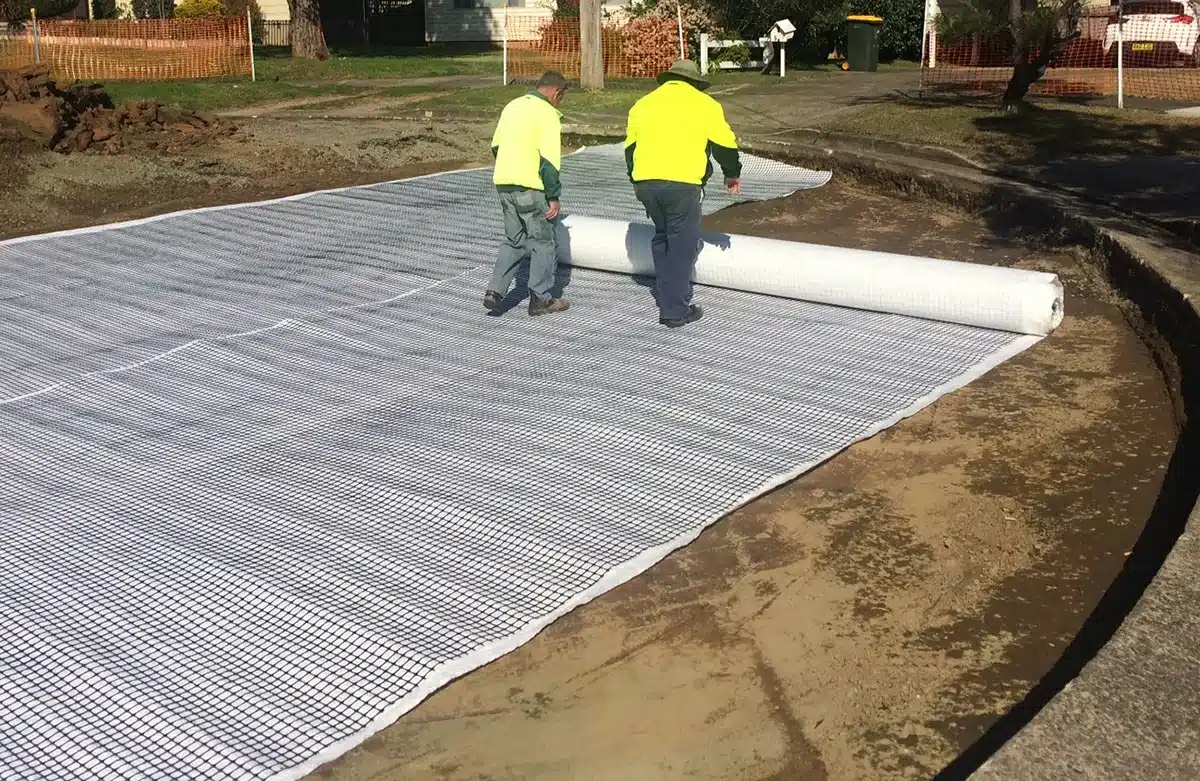Understanding Geocomposite Drain in Geosynthetics: Problem-Solving Solutions
In geotechnical engineering, a geocomposite drain is a key geosynthetic solution used to manage water flow, prevent soil erosion, and improve structural stability. This article answers common questions about geocomposite drain and provides practical solutions for construction challenges. Learn more about geosynthetics solutions.
What is a geocomposite drain and how does it function?
A geocomposite drain is a specialized geosynthetic system that combines a geotextile filter with a drainage core to efficiently channel water away from critical areas. It prevents water accumulation, reduces hydrostatic pressure, and maintains the integrity of slopes, retaining walls, and landfill systems. By integrating a geocomposite drain, projects achieve long-term soil stability and effective water management. More details about drainage systems in geosynthetics can be found here.

What common problems does a geocomposite drain solve?
Geocomposite drains address several challenges in civil engineering projects:
- Waterlogging: Prevents soil saturation that can weaken foundations.
- Slope instability: Controls surface and subsurface water to prevent erosion.
- Landfill leachate management: Safely channels liquids to prevent contamination.
Installing a geocomposite drain reduces the risk of structural damage and maintenance issues. Learn more about soil stabilization and erosion control.

How do you select the right geocomposite drain for a project?
Choosing the right geocomposite drain depends on:
- Hydraulic requirements: The volume and flow rate of water to be managed.
- Load-bearing conditions: Ensuring the core can withstand soil or structural pressure.
- Environmental factors: Resistance to chemicals, UV exposure, and soil characteristics.
Consulting with a geosynthetics specialist ensures the selected drain meets both project and regulatory standards. Get expert guidance on geosynthetics selection.
What are the best practices for installing a geocomposite drain?
Proper installation ensures the drain performs optimally:
- Prepare and level the base or subgrade.
- Place the geotextile filter layer with proper overlaps.
- Install the drainage core following manufacturer guidelines.
- Backfill carefully to avoid damage to the geocomposite system.
Following these steps ensures that a geocomposite drain effectively manages water and maintains long-term soil stability. See the installation guide for geosynthetics for detailed instructions.
A geocomposite drain is an essential geosynthetic solution for water management, erosion control, and structural stability. By understanding its applications, benefits, and installation techniques, engineers can solve common drainage challenges efficiently. Explore more geosynthetics solutions for your projects.
Comments
Post a Comment